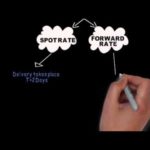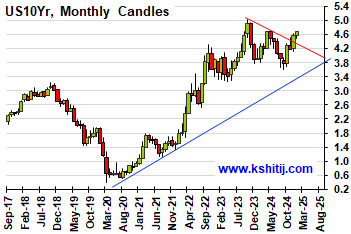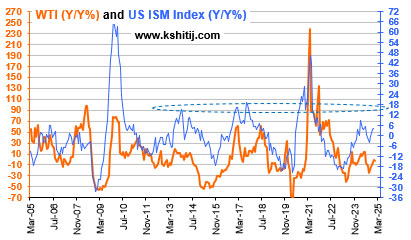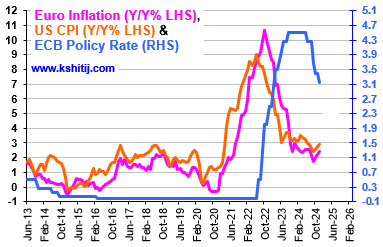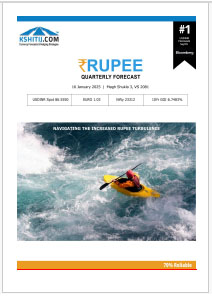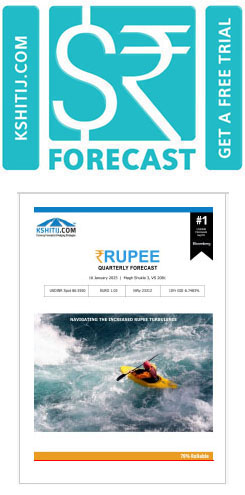Use a Forecast for Budgeting
May, 28, 2012 By Vikram Murarka 0 comments


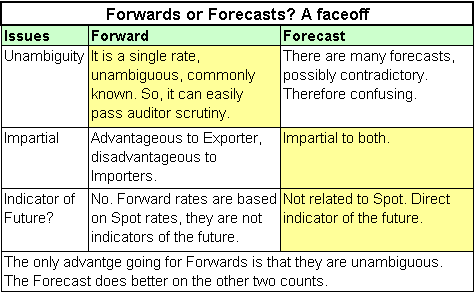 If the future were known, one could have used the future rate to price the export/ import transaction and to budget accordingly. But, nobody knows the future, right? So, some businesses tend to use the Forward Rate as a proxy for the future, simply because it is a rate that pertains to the future.
If the future were known, one could have used the future rate to price the export/ import transaction and to budget accordingly. But, nobody knows the future, right? So, some businesses tend to use the Forward Rate as a proxy for the future, simply because it is a rate that pertains to the future.
THE FORWARD IS A FAULTY BENCHMARK
USE A FORECAST AS A BUDGET
The answer is to use a currency forecast as the budget rate for the future payment/ receipt. “If only it were possible!” you would say, Dear Reader. “I would do it, if I had a reliable forecast. But, nobody can forecast currencies!” This notion is true to some extent and untrue to some extent. Yes, currencies cannot be forecasted exactly. However, they can be forecasted with a reasonable degree of accuracy, within an acceptable degree of variance. And, such forecasts can serve as better budget rates than the Forward rates.MARKETERS DO IT ALL THE TIME
Array
Yields have risen across the Curve in line with the anticipations in our Dec-24 report (30-Nov-24, UST10Y 4.18%).Both the US5Yr and US10Yr have risen well as expected. Even the US2Yr has risen, but the rise is a little …. Read More
With the US economic data strong and stable, the earlier expected US slowdown has not played out, resulting in the crude price trading higher while above $70 (Brent). While there is uncertainty in the long-term direction for crude, as long as it stays within the range of $67-80 (Brent), we have kept our earlier forecasts intact this month. Supply from the OPEC countries is also likely to remain tight for the next couple of months. Additionally, a rising Dollar could keep the crude at the higher end of its sideways range for now … Read More
In our Dec-24 edition (12-Dec-24, EURUSD @ 1.0505), we expected the Euro to limit its downside to 1.0333 and bounce back towards 1.0650-1.08 by Feb-25 followed by an eventual rise to 1.09-1.11 by mid of 2025. But contrary to our expectations, Euro broke below 1.0333 and sustained lower towards 1.01. ……. Read More
Our January ’25 Quarterly Dollar-Rupee Forecast is now available. To order a PAID copy, please click here and take a trial of our service.
Our January ’25 Quarterly Dollar-Rupee Forecast is now available. To order a PAID copy, please click here and take a trial of our service.
- Kshitij Consultancy Services
- Email: info@kshitij.com
- Ph: 00-91-33-24892010
- Mobile: +91 9073942877


